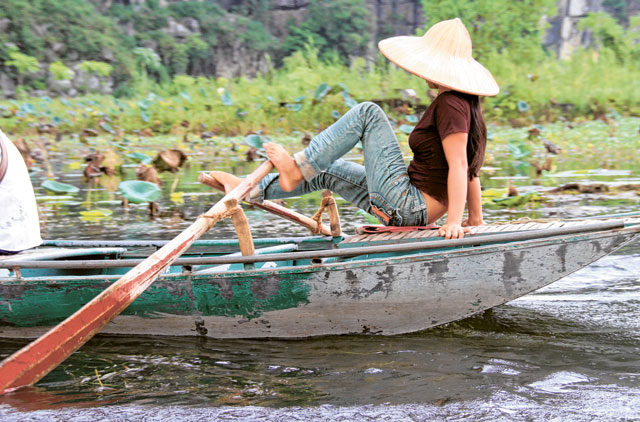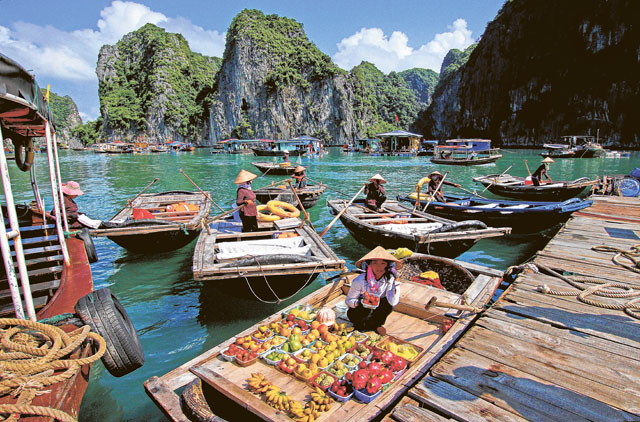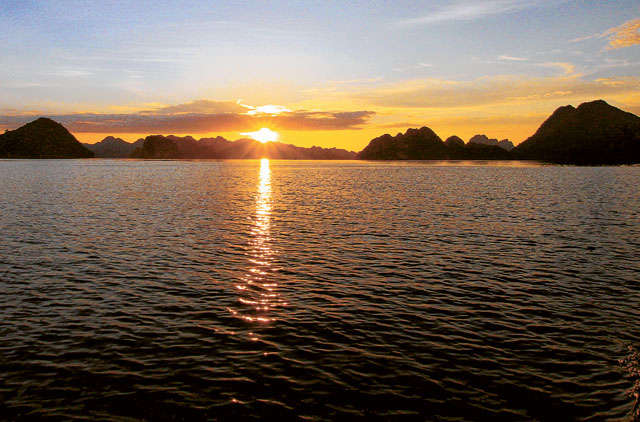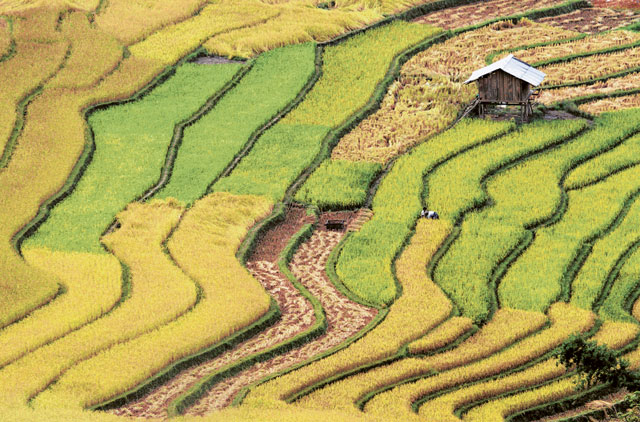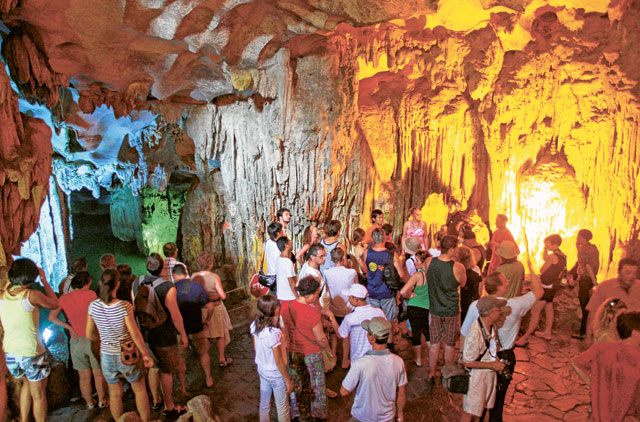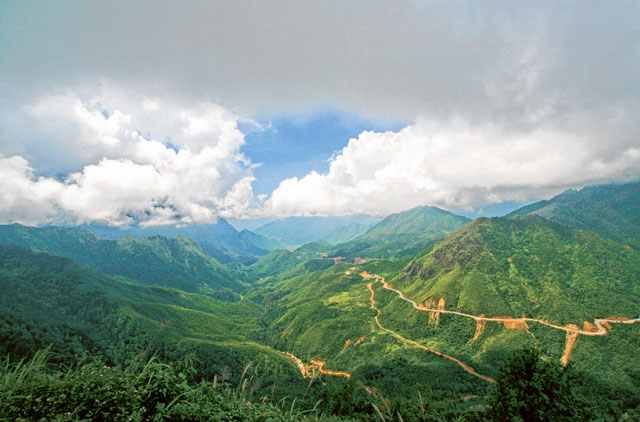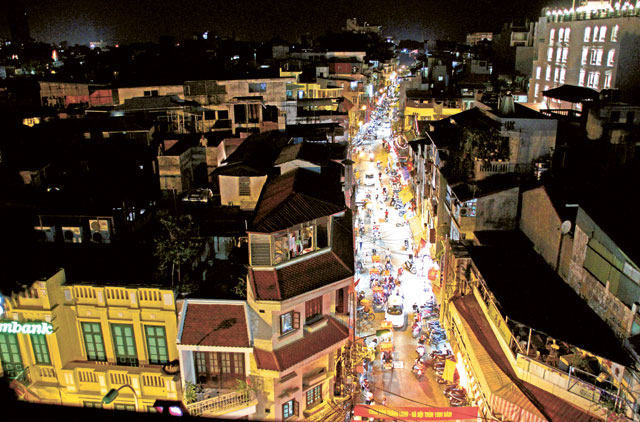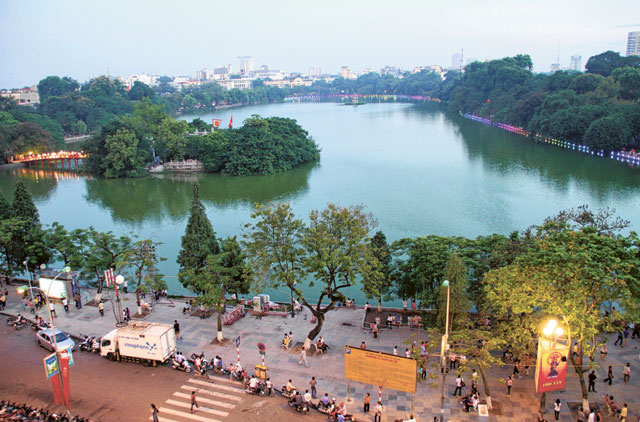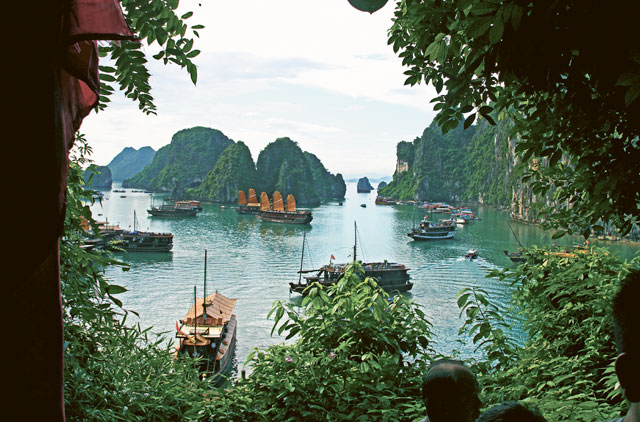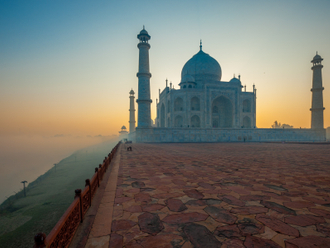When I first told my friends that I was planning a visit to Vietnam, their instant reaction was: "Oh great, you must visit the war memorials. Have you seen that famous war movie?" And so on.
That very moment, I decided to stay away from the common landmarks and asked Yeliz, my tour consultant at Indo-China Odyssey Tours (www.indochinaodysseytours.com), to strike off the so-called war sites from my itinerary. I decided to capture the life, nature and common people of Vietnam instead.
That developed further during the journey from the airport to Hanoi, when I learned that Tan, my guide, is an accomplished photographer. When I told him about my wish list, he further altered my itinerary so I could get a fill of the real Vietnam. Soon I was headed to north Vietnam — Hanoi, Halong Bay and Sapa.
Hanoi, the capital of Vietnam, located on the banks of the Red River, was then celebrating its 1,000th anniversary. The historical Hoan Kiem Lake, or Lake of the Returned Sword, is the heart of the city.
You can also call it the City of Motorbikes, for everyone seems to own one and the parade of motorbikes through the streets of Hanoi is endless.
One must-do is the ride through the narrow streets of the Old Quarter, the most interesting part of the capital.
Two hours' drive south from Hanoi takes you to Tam Coc, a place of extraordinary beauty. "Tam Coc" means three caves and a boat ride through these limestone caverns is breathtaking. Another highlight? It's the only place where you'll find locals who row with their feet.
My next stop was Ha Long Bay, 170 kilometres east of Hanoi. According to folklore, Ha Long means "the descending dragon". It is dotted with nearly 2,000 limestone islands and islets and is a Unesco World Heritage site. The blue waters, a bright sky with scattered clouds and the backdrop of limestone formations made the cruise worthwhile.
Then it was on to Sapa, a nine-hour train journey from Hanoi. Victoria Express, Tulico and Livitrans appeared to be the names of some of the trains, but I must share a little story with you here. When I saw that the departure time of all these trains was the same, I was curious. On arriving at the station, I realised that all these are not separate trains but compartments named after the companies that hire them (the train journey was booked by my tour agency).
Situated high in the Tonkinese Alps near the Chinese border, Sapa established itself as a hill station in French colonial days. The mountain range includes Vietnam's highest peak, Fansipan, at 3,142 metres above sea level. Sapa is famous for its breathtaking landscapes of terraced rice fields, the Silver Waterfall and the highest mountain pass in Vietnam, called Heaven Gate.
The neatly terraced rice-field valleys look like a painting on a huge canvas from the hilltop. Sapa is also an ideal place to meet the varied ethnic minorities in the country, the most prominent groups being the Hmong and the Dao.
By the end of my tour, I realised that I had managed a sneak peek into the depths of Vietnam — wonderful food, friendly people, an ancient culture and the hidden natural beauty. Yes, we all know about the country's famous resistance against the US, but Vietnam has certainly moved on, and so has the tourism.
Go there!
- Fly Thai Airways to Hanoi via Bangkok Dh2,890
- Or try Malaysian Airways to Hanoi via Kuala Lumpur Dh2,590 for Dh2,590
— Information courtesy the Holiday Lounge by Dnata. Ph: 04 3492886


